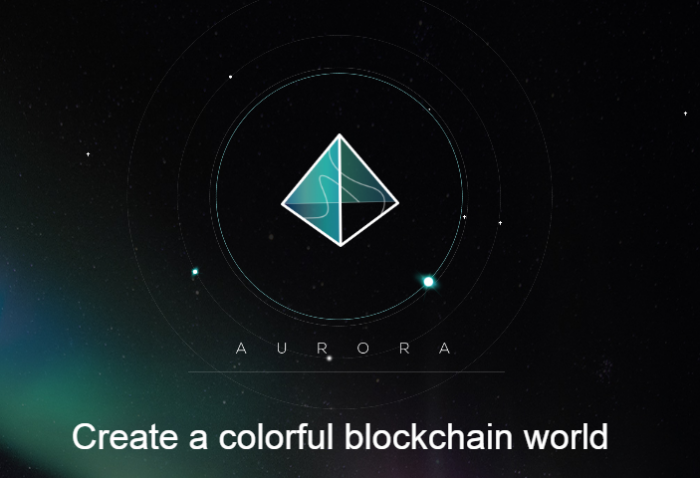AURORA – THE DAWN AND DUSK OF YET ANOTHER FINEST TOKEN IDEA
News provided by PRCrypto

The word ‘Aurora’ stands for the name of the goddess of dawn in Roman mythology. It has been widely used in poetry and literature in general as a synonym of sunrise, the lucky beginning of your endeavour. However, this is not the case of the Aurora token (AOA). Here is the story.
It began fine, really, in the finest way possible, on January 25, 2014. Time when cryptocurrencies had just gained the attention of general global media and, although becoming a trend, had still been a hobby for scarce but enthusiastic IT-nerds here and there. AOA was also given birth by somewhat of a nerd. He (she?) might be or might not, but the only firm fact that we can place our guess that Aurora’s digital ‘father’ (mother?) was no ordinary person is his (or her?) nickname: Baldur Friggjar Óðinsson, tough to read to the same extent as to be pronounced. But it happened: on January 25, 2014, the world saw the new coin. The founder is believed to be an anonymous developer and remains unknown to date.
Everything pointed a most spectacular future out for Aurora. Why so? What was so special about it? It was in the very target idea of the coin launch: it was first token to become as a country-specific currency, i.e. the payment term of tomorrow, based on the blockchain technology of tomorrow, that was seen as an eventual replacement of the currency of the given country of birth – in this case, Iceland, and hence, it was seen to replace Icelandic Krona. Groundbreaking idea, although not the sole project, but it was definitely in the mainstream compared to coins tied to burgers, dance shoes or to nothing at all.
So, the coin is now over eight years old and can be steadily called a veteran, since most of coins ended up after three years of operation tops. Exciting as it is, after a couple of months of uneven fluctuations the coin price dropped in March 2014. It was the end of the dawn-named coin, it seemed, but no way: two years after the crash, the AOA was revived by a group of developers from Auroracoin Foundation, an association of token’s enthusiasts, established in 2015. Again, it can be considered a truly unique case and another unique Aurora’s feature in a row.
Whatever, in special terms, Aurora is a ‘third-generation blockchain-based decentralized application platform aimed to bringing mature blockchain technology solutions to the whole industry’ as stated by the Foundation.
AUR is one of the few cryptocurrencies that is using a mix of five different hashing algorithms and, just like many other tokens, is developed into the whole eсosystem: application integration platform for R&D; blockchain integration development IDE with multi-development-language support; decentralized application distribution; AuroraDex decentralized exchange; Aurora Eco's underlying public chain network that provides a commercial-grade technology platform for a range of industries; consensus mechanism; upgradable blockchain; multi-chain parallel network.
Still, the coin was unable to achieve the success that is more or less compatible with that of the leading coins, but total market cap is estimated around significant 13 mln USD at a price of slightly over 0,001 USD per one token. The coin is available for trading – take such widespread platforms as KuCoin, BitGlobal, Coinone, Indodax, and also a member of Global ICO Insurance Programme (GIIS), which makes it even more potentially attractive for users in the future.